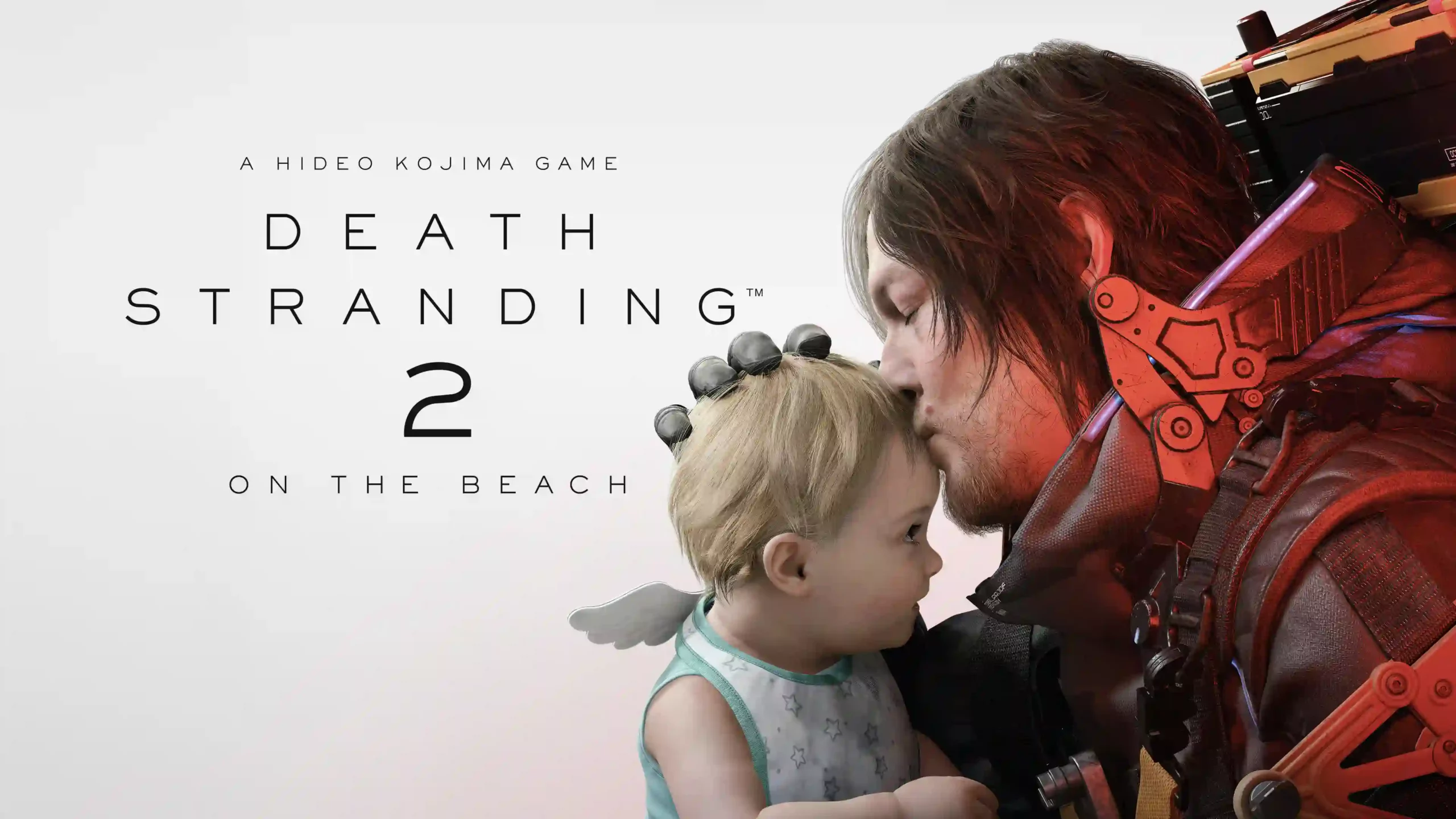Hideo Kojima’s most recent delivery simulation game in a post-apocalyptic open world, a strand-type game might be a better description, makes two assumptions about those who would wander in. To start, it assumes players have played through the original Death Stranding and largely understood what transpired. Another assumption is that these same players truly enjoyed that experience. Furthermore, they are also desperate for further content of the same kind. Considerably more content, in fact.
If both of those assumptions are true, Death Stranding 2: On the Beach could be a weird, funny – and extremely variable – adventure that lasts between 30 and 50 hours. Conversely, an equally important assumption can be made from the other way around. It is that those players who did not enjoy the original game for its overlong length and weird narrative elements, obtuse gameplay mechanics or general boredom will hate Death Stranding 2: On the Beach.
Condensing the Confusing Story of Death Stranding
It is a huge task to summarize the events of Death Stranding and set the stage for Death Stranding 2. Death Stranding 2 even has a segment at the beginning to recap the events of the previous game. It ultimately fails miserably in summing up what happened. Yet, having this background information is important for understanding the story of the sequel.
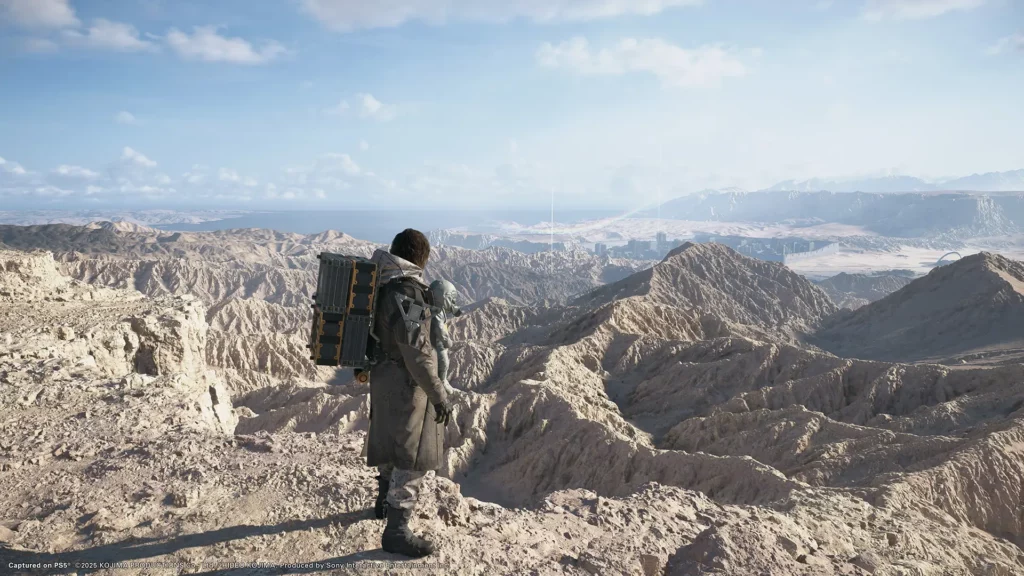
What Exactly is Death Stranding 2 About?
In this world, the living and dead have mysteriously fused together, causing havoc that almost wiped out humanity. This dangerous merger happened mostly because of ghostly entities trapped on Earth called Beached Things (BTs). Exploding these supernaturals by touching them will instantly kill anyone who is caught in the explosion and its radius.
But, the player character Sam Porter Bridges (played by Norman Reedus) is the only exception to the rule of death! Sam has different powers as a repatriate. He can’t die permanently as he keeps coming back from The Other Side. Due to his ability to come back from the dead, he has supernatural resilience. As such, he possesses special powers that make him the only one capable of reconnecting the remaining isolated pockets of human society via the Chiral Network. This is a super-fast version of the internet thanks to energy from the afterlife.
In the first game, Sam was able to reconnect the remaining settlements in the entire United States with the help of a special baby inside a pod. Nonetheless, his mission was complicated as his adopted sister revealed to be the supernatural entity behind a new extinction event that she is working to orchestrate. Luckily, Sam managed to talk her out of using all the people he had just linked with to cause the apocalypse. Sam managed to kill an enemy Higgs, who as Sam’s sister was working for, to bring about total destruction. Sam escapes with the pod baby, who is now free and has grown into a healthy little girl.
A brand new storyline in Death Stranding 2. Death Stranding 2 follows on from this conclusion. Sam has a peaceful life in Mexico with the child, now a toddler, enjoying the quiet life that he prefers. But, something happens that causes an emotional low for Sam, and an ally from the prequel to the game comes back on the scene. Fragile, who is played by Léa Seydoux, brings a new urgent missions for Sam. She ask him to connect all of Australia to the Chiral Network to save the continent from destruction.
Sam’s journey begins in this assignment, but it will soon become a lot more grand as he embarks on a journey through a vast open world environment. There are different biomes available for you to explore, different cargo deliveries to transport, different animals to capture and different enemies to either try your best to avoid through careful navigation or take head-on in combat. The aim is to link the infrastructure of Australia. Possibly assist Sam in working through his personal trauma with help from an eccentric little group who gradually become Sam’s chosen family.
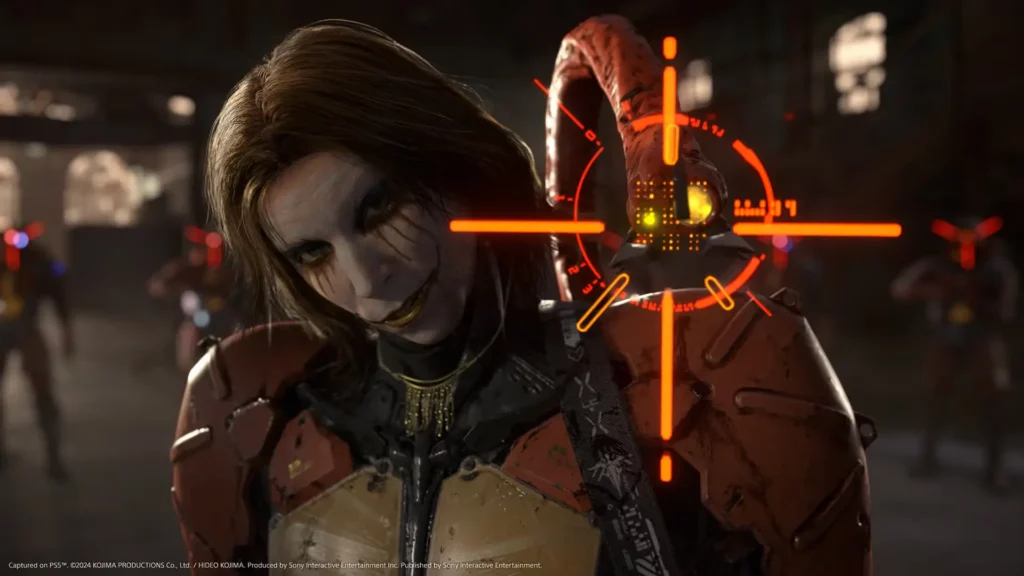
Narrative Complexity and Overwhelming Plot Threads
Saying it has a lot of concurrent storylines is a serious understatement. The follow-up has so many emotional narrative threads that keeping track of events can be difficult at times. Death Stranding 2 does come with an in-game encyclopaedia where players can look up anything whenever they wish including during cutscenes, so that is nice. Still, it only partially fixes the issue.
The problem with Death Stranding 2 is that it tries to do too many things at once but this leaves the various plot threads unbalanced (and poorly developed). This is a structural issue that composes not only storylines but also character usage to create a sense of clutter.
Character Development and Underutilization
The lengthy campaign of Death Stranding 2 has players seeing the return of many of the game’s well-known figures like Fragile and Heartman, along with a number of new characters. These include Tarman, Dollman, Rainy and Tomorrow. All interactions among the characters of the film are enjoyable. Sadly, the only character besides Dollman who actually does anything throughout the whole journey across Australia is Stokes. The characters get far less screen time than I’d like, and mostly only exist within the game’s cutscenes.
These cutscenes occur less frequently than players might expect from a typical Kojima production and run for shorter durations. Death Stranding 2 makes elaborate claims about Sam not having to face his challenges on his own, as members of his close-knit circle repeatedly assure him he can lean on them during this terrible time in his life. They are ready to help him on his quest to unite thee world, find peace within himself and get answers about that baby from the pod. However, these companions are missing for the many hours that Australia spends actually connecting.
The final act of the game spends a massive amount of time on revealing a multitude of hidden identities, secret plans as well as shocking betrayals. The later stages of Death Stranding 2 allow players to spend more time with characters, who even come to help during gameplay sections instead of only being seen in cutscenes.
Still, the over-reliance on twists and reveals ultimately renders the endgame anticlimactic, much more the work of a novelist who has only three blank pages in which to conclude his tale than a rousing end to a great story. It ends with a bit of a mess and some odd and ridiculous things that stick. Some moments are so absurd, they might just be among the craziest things you will ever come across in gaming. Sadly, the ending of Death Stranding 2 leaves much to be desired, and it doesn’t really answer the question that most of the marketing has been asking: should we have connected? The game’s final answer seems to be a vague maybe, which makes for an annoying yet memorable ending to the 50 hours.
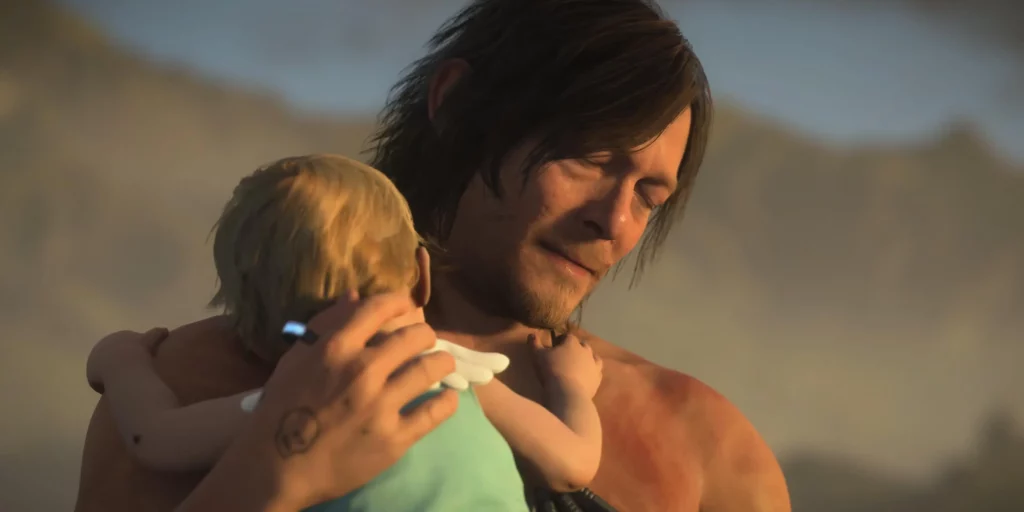
The Joy of Cargo Delivery and Infrastructure Building
Death Stranding 2 is still fun, despite the problems with the messy ending bits and frustrating pacing problems in the story. That’s all because of one thing: it feels good to deliver stuff. Most of Death Stranding 2’s gameplay — outside of the cutscenes and character development — involves travelling across a vast and beautiful digital representation of Australia.
Traveling can take many forms, from walking through snowy mountains or flooded rivers to traveling in big vans through the highways which are built by players. At times, the journey takes place in style via the construction of huge monorail networks. No matter how people travel in the game, they will almost always be seen carrying a bunch of stuff on their back.
The cargo delivery system is the heart of Death Stranding 2, and takes up 80% of your actual time. What you find in trailers and marketing materials is just a small fraction of the actual gameplay experience you will have. The game’s ghost monsters called BTs can easily be avoided as long as players make sure to plan their routes carefully, diverting away whenever necessary and monitoring the weather through the map system in the game.
The Contemplative Nature of Delivery Gameplay
A lot of play sessions have you spending long stretches getting around Australia while carrying supplies between walled cities and remote outposts. Despite the fact that the world is full of holographic signs left behind by players and a man trapped inside a small wooden doll’s body, this experience is anything but normal. Yet, it is always very chill and relaxing. The long rides give time for contemplation, and they can get lost in their own thoughts about the world.
During these moments, the environment strikes, the wet rock is slippery, and the delicate damage-free cargo that Sam had stacked just before, gets knocked off Sam’s back and flies down the cliff side or leaps into the water. As players try to get back every package present in the calm experience they just recovered, these incidents lead to frantic scrambling.
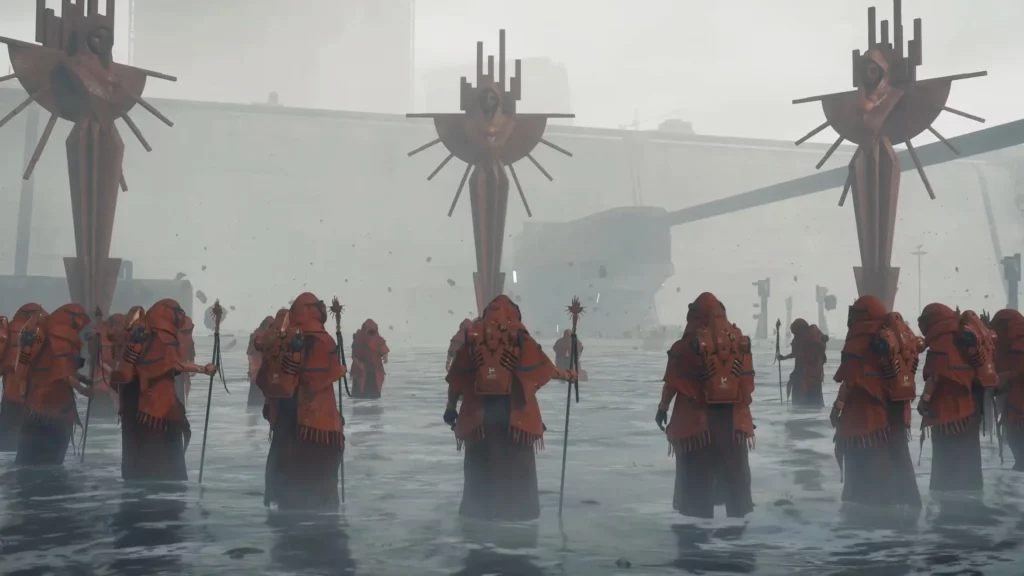
The Satisfying Mechanics of Package Management
It is the tangible reality of the cargo delivery system that satisfies, not the abstract menus. When people take on packages to drive to certain locations, they don’t disappear into their inventory screens until delivery is complete. So, players will literally put packages on Sam’s back while they balance out weight by stacking instead of grabbing! Although we can restack some cargo or tie it down to stop it rolling off, one must balance between getting to the next drop-off point quickly and getting there safely without damage.
Asynchronous Multiplayer and Community Collaboration
Players take over the regions of Death Stranding to buddy up with one another throughout all delivery missions and cross-country hiking trips. The player will never be pulled directly into anyone else’s game to pick up their package, nor will they assist in a monster fight. Instead, players interact by leaving messages, putting up signs and building structures that are good for the player and the community collectively.
Building Infrastructure for the Community
During extended gaming sessions, one often gets involved with serious infrastructure-related activities — like spending half of Saturday mornings listening to Kojima’s lovely in-game music while installing zipline networks all over snowy mountain ranges. Many other players make mini zip line networks but they are not effective because they are incomplete. Making big networks takes a lot of time and requires several journeys to different places by van and on foot.
People must gather huge amounts of material for the projects avoiding enemies; scale very high hills along with cold weather which drains out stamina making it a must to stop for rests. Completing it successfully leads to the establishment of extensive ziplines powered by the Chiral network that allow individual players and the community to reach multiple delivery locations within minutes while avoiding enemy mercenaries and dangerous monsters.
When another player uses your zipline or other structure, you’ll receive a regular notification to your screen’s left. The game has in-depth like and thumbs up system which allows you to appreciate everything that other players build and leave behind. It feels really good to get a lot of good feedback when you build useful shelters, ziplines, road sections, or monorail segments.
This reinforcement generates emotions comparable to viral content on social media, yet lacking the negatives like angry comments, racist remarks, offensive statements, and more. The culmination of this effort is a social network born of mutual assistance. Kojima’s proposal of 2025 brown social media is a wonderful gift we can give the world as it shows he understand how to build positive communities.
The Conflict Between Two Game Experiences
Death Stranding 2: On the Beach has a two-sided nature that is its main issue. The game is a super fun and really satisfying delivery sim that lets you build an infrastructure and shares positive messages through a chiral social network. It’s also a Kojima-directed experience with stealth, combat, long speeches and confusing plot twists.
In Death Stranding the mechanics that grounded you to the cargo simulation and the bizarre Kojima stuff, both worked well and complemented each other. Still, the expanded map in Death Stranding 2 is going to provide a bunch of ways to deliver your packages and more opportunities to connect with fellow players, which is placing the package delivery simulation element even further front and centre. The Kojima-style elements seem to become increasingly out of place and unnecessary.
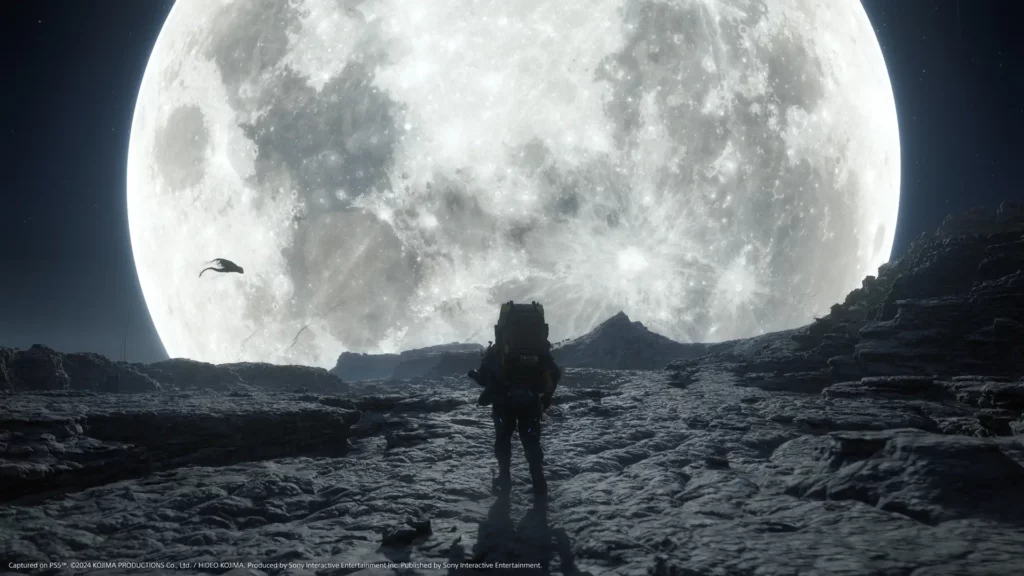
The Disconnect Between Gameplay and Narrative
The story that runs through it – reconnection of Australia using Q-Pid devices to form Plate Gates, using gathered Chiralium, using AI supercomputers controlled by private companies employing Fragile and Tarman, while fighting against your enemies from the past (who now use the other side, and the dead, as pawns) – feels unconnected to the game. A lot of players are much more interested in delivering more packages, building more roads, helping more people, and getting more smiles than they are in the actual plot points.
The ending of Death Stranding 2 hints at major changes for possible sequels, which will please many players. Many gamers want a new game that will let them explore entirely new worlds, rebuild things locally and deliver cargo shipments. The game appeals to players’ sensibilities by allowing them to scramble down from the mountains on foot while keeping an eye on health and stamina. Players can slowly climb up tall mountains to get to summits where they can leave funny signs for other players to appreciate and build ziplines to the next destination.
A dream of jumping across rivers on motorcycles using ramps built by unknown players The addition of giving and appreciating their creations, coupled with getting hits in notifications that tend to give dopamine to these users. Still, a lot of players are not sure about going through another chapter in a strange, messy, and often contradictory universe, especially if the endings are as bad as Death Stranding 2’s.
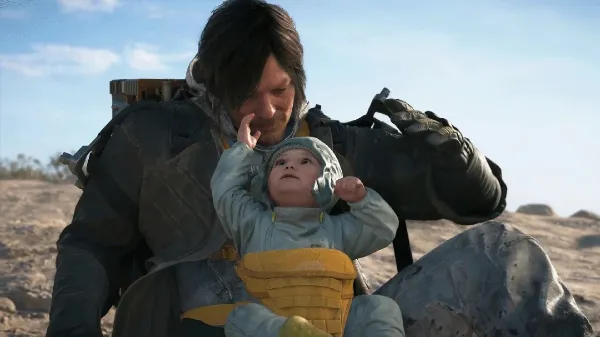
The Spectacular and the Disconnected
Death Stranding 2 has so many bonkers moments throughout its gameplay. A chunk of the development budget apparently goes towards the silliest and weirdest concepts you could think of. These imaginative investments are wonderful and really sweet. Nevertheless, they do not remedy the fact that much of the game feels ironically disconnected in meaning from the actual activities players perform in Death Stranding 2: On the Beach, nor does it remedy the quality of the ending.
Players will still have the option to build more ziplines and more roads despite these limitations. They take delight in jobs well done. Offering a unique gaming experience that lingers both because of its structure and despite it, as well as an eventual gap between the narrative, story, and infrastructure building and positive community interaction elements.
The game raises a fascinating question about how the various things going on interact to occupy player attention, especially when more interesting mechanical systems are pitted against richer narrative systems. The Death Stranding 2: On the Beach succeeds as a delivering delivery simulation and an infrastructure building play session, failing to maintain narrative coherence and character growth across its long running time.
